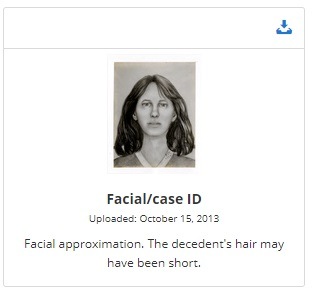
Bitesize: Use Of Force
Once a level of force is set high through misjudgement or deliberate choice, it is very difficult to back down or de-escalate.
Conversely, commencing considerations on any use of force at the lowest level gives rise to better tactical decision making and beds in objective justification for any subsequent action taken.
The default starting point in a potential conflict situation should always be non-verbal or verbal communication. The power of simply talking should never be disregarded or underestimated.
An old but ever valid acronym is PLAN – is your response proportionate, legitimate, appropriate, and necessary?
By entering the use of force continuum at a point which is either disproportionate to the situation (a weapon strike in response to a verbal dispute), or is likely to provoke further risk (engaging in an action which provokes physical risk for yourself or others), police officers and the public can create unnecessary situational escalation and inhibit the chances of non-violent conclusions to an incident.
The decision making process in respect of use of force is (or should be) layered and is designed to allow real-time decision-making while mitigating against pure instinct and embedding a final cross-check to ensure the action is lawful and justifiable in the circumstances.
This damps down the effects of rash, subjective-reactionary behaviour and introduces personal accountability and a similar objective reasoning test to that which would be employed in the court system.
By following this easy to read and recall approach, there should never be a circumstance in which disproportionate or unnecessary force is used:

Have you joined Cold Case Live yet?
JOIN FROM $2.99 PER MONTH*
*with our annual membership offer
Join Cold Case Live to support the ongoing work of the Cold Case Foundation and become part of our community.
All of our members enjoy exclusive access to blogs, articles, podcasts, videos, and courses.
Join today from $5.99 $2.99 per month!


